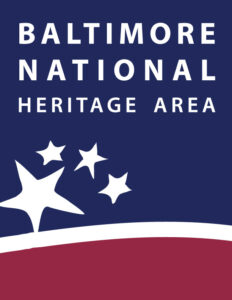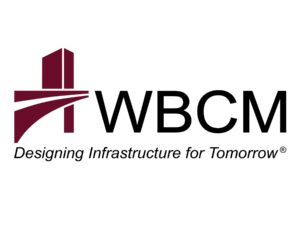Trivia Night will be held via Zoom. Upon registering you will receive an email confirmation and a Zoom link. If you do not receive a link, please contact omiles@aiabalt.com
We’re hosting a virtual trivia night for our annual Groundhog Day Party and Fundraiser. Join in on the fun and compete against fellow architecture lovers with questions about Baltimore architecture and history, world architecture, architectural pop culture, Guess the Building and more.
Prizes available and bragging rights on the line. Play as an individual or as a team. Prizes available for both the individual with the highest score and the team with the highest average score. Teams can have up to 6 players.
Festive attire encouraged. Dust off those party clothes, dig out the costume jewelry, fiddle with those pocket squares. We’ll be greeting Punxsutawney Phil in style.
Featured Brewery – Peabody Heights Brewery
It’s not trivia night without a delicious cold beverage! We’ll be drinking beers from one of our favorite local breweries: Peabody Heights Brewery. Peabody Heights offers carry out, and delivery for Baltimore City residents.
The individual winner of Architecture Trivia Night will win a $25 Peabody Heights Brewery gift card and a pint glass.
Tickets are donation based. This program is a major fundraiser for BAF. We encourage you to give what you can. Your support helps us make up for lost tour and program revenue from COVID-19 and supports programs like Doors Open Baltimore and our Virtual Histories series.
Upon joining the event on Zoom you will be given instructions on how to play the trivia game.
Sponsorship
BAF invites you to sponsor our virtual Groundhog Architecture Trivia Night. BAF holds a fundraiser each year on Groundhog Day to support programs like Doors Open Baltimore and Kids in Design. BAF continues to adapt to COVID-19 with virtual programs like our Virtual Histories Series. Your support is crucial this year as we begin another challenging year, while taking on new initiatives such as launching the SAY IT LOUD Maryland exhibition which will spotlight the works of minority architects and designers practicing in in the state, and a major research project to document buildings designed by Maryland’s early women architects for the National Register of Historic Places.



